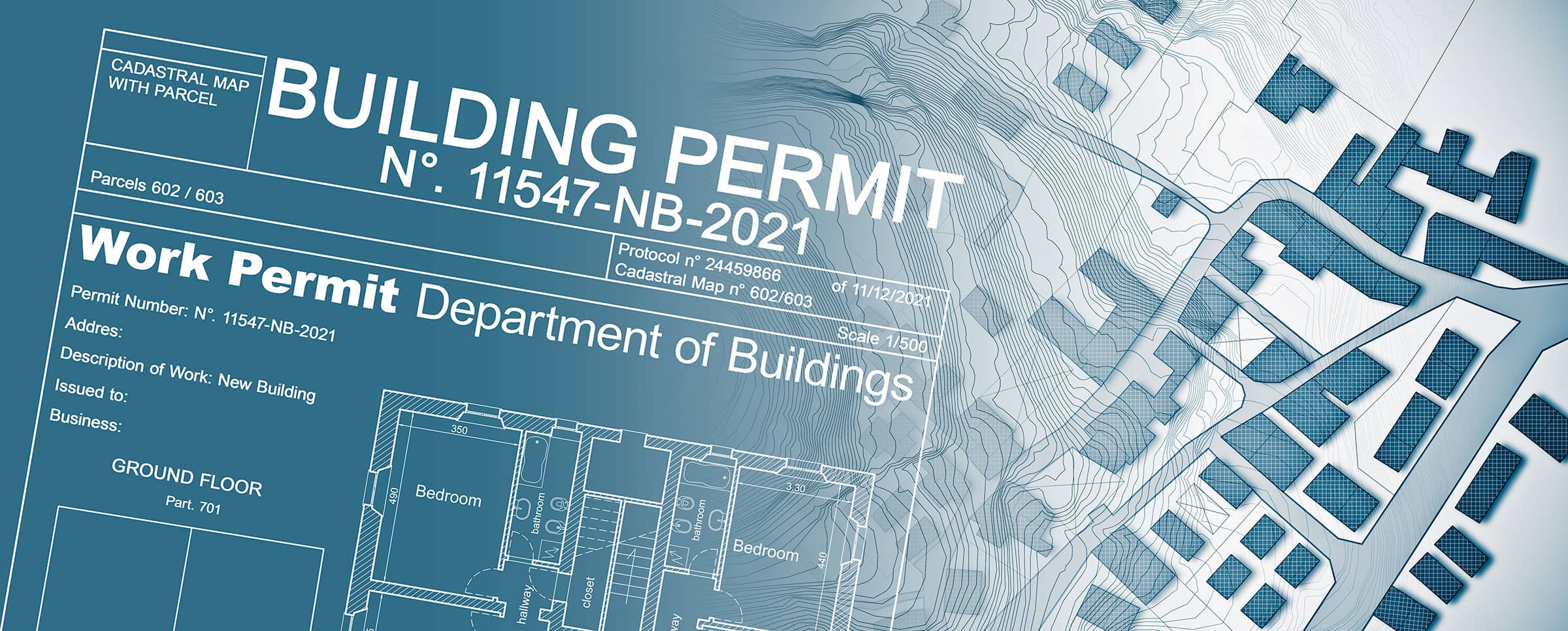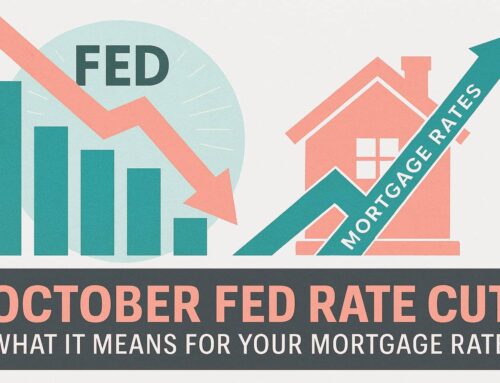
What Is Zoning in Real Estate?
Ever wondered why a skyscraper stands next to a cozy neighborhood of single-family homes? Zoning in real estate is the invisible hand shaping the landscape. From residential to commercial areas, zoning dictates land use. Understanding the intricacies of zoning can be the key to successful property investment. So, the next time you admire a quaint street or towering office building, remember that zoning regulations are at play, defining the very fabric of our surroundings.
Key Takeaways
- Zoning in real estate regulates land use and development types.
- Zoning significantly impacts property values and neighborhood appeal.
- Residential zoning categories like R1, R2, and R3 have specific regulations.
- Zoning changes and variances can affect community dynamics and property values.
Definition of Zoning
Zoning in real estate defines the regulatory framework that governs land use within specific areas, guiding the type of activities and development allowed in each zone. It is like a rulebook that dictates what can be built to ensure that neighborhoods are developed in an organized and efficient manner. Zoning regulations help maintain property values, protect the environment, and promote public safety.
Each zone is designated for a specific land use type, such as residential, commercial, industrial, or agricultural. A zoning designation is the official classification assigned to an area, such as R1, C, or M, which specifies the permitted uses and development standards. Residential zones typically accommodate single-family homes, apartments, or other living spaces. Commercial zones accommodate businesses like shops, restaurants, and offices. Industrial zones house factories and warehouses, while agricultural zones house farming and forestry activities.
Zoning ordinances also regulate building height, lot size, and parking requirements. A zoning ordinance is the legal document that governs these regulations. By defining what can and cannot be done in each zone, zoning helps create cohesive communities where different land uses are harmoniously integrated. However, zones do not necessarily consist solely of one type of structure, as historical development or variances may result in a mix of building types. Understanding zoning is crucial for anyone looking to buy or develop property, as it directly impacts what can be done with a piece of land.
Zoning is a key tool in urban planning, helping cities manage growth and maintain community character.
Purpose of Residential Zoning
Residential zoning plays a crucial role in shaping the character and functionality of neighborhoods by determining the types of homes and living spaces that can be built within a designated area. This zoning regulation ensures that residential areas are developed to promote harmony among different types of housing, such as single-family homes, townhouses, or apartment complexes. Residential zoning helps shape residential neighborhoods by defining permitted residential uses and specifying which residential uses are allowed in each zone. By separating residential zones from commercial or industrial areas, residential zoning helps create environments conducive to family living, with amenities like parks, schools, and community centers within easy reach.
Additionally, residential zoning helps maintain property values by preventing incompatible land uses from encroaching on each other. It also establishes guidelines for factors like building height, lot size, and setbacks, which contribute to a neighborhood’s overall aesthetics and appeal. Through residential zoning, local governments can safeguard residents’ quality of life, promote safety, and preserve the unique characteristics of different residential areas within a city or town. Residential zoning also aims to protect public health and ensure access to essential public services, supporting the well-being of residents and the sustainability of residential developments.
Types of Residential Zoning
When exploring residential zoning, you’ll encounter different categories like R1, R2, and R3 zoning. Each designation carries specific regulations and guidelines tailored to the type of housing permitted in that area. Understanding these distinctions is crucial for anyone navigating real estate ventures.
What is R1 Zoning?
R1 Zoning, also known as Single-Family Residential Zoning, designates areas within a community for single-family homes, typically one family houses. This type of zoning is intended to maintain the character of neighborhoods by ensuring that only single-family dwellings are permitted in those areas. R1 zones are generally intended for only one family houses, but may include other structures due to historical development.
R1 Zoning typically restricts the construction of multi-family residences or commercial buildings, making it ideal for families looking for a quiet residential environment. However, while R1 zoning is primarily for one family houses, some neighborhoods may contain multi unit buildings or possibly even other types of structures due to variances or historical factors. R1 zoning regulations define the maximum number of dwelling units allowed per lot, and specify requirements for each dwelling unit. Accessory buildings, such as garages or sheds, are permitted in R1 zones, but must comply with setback, size, and location requirements. Property owners may need a permit to build accessory dwelling units or other structures within R1 zones. R1 zoning often requires off street parking for each dwelling unit, and regulates the distance of structures from the property line to preserve open space and privacy. Some structures in R1 zones may be considered non conforming or non conforming structures if they were built before current zoning regulations or through variances. Development in a historic district may be subject to additional restrictions, and certain uses or structures may require special approval. R1 zoning regulations address the placement and size of each structure on a lot, including both primary and accessory structures.
It helps to preserve the aesthetics and property values of the neighborhood by preventing incompatible land uses. Additionally, R1 Zoning often includes regulations on minimum lot sizes, building setbacks, and height limits to further control the type of housing allowed in the designated areas.
What is R2 Zoning?
R2 Zoning typically allows for single-family homes as well as duplexes, making it a versatile option for residential development. This zoning type promotes a mix of housing options while still maintaining a predominantly residential character in the designated areas. R2 Zoning areas may see a slightly higher population density compared to R1 zones due to the allowance of duplex construction. It provides a balance between single-family dwellings and slightly denser housing options, catering to a wider range of residents looking for different types of living arrangements within a cohesive neighborhood setting.
What is R3 Zoning?
Moving from the realm of R2 Zoning, R3 Zoning expands the scope of residential options available, providing a more diverse range of housing opportunities within designated areas. R3 Zoning typically allows for higher-density residential development compared to R2, making it suitable for townhouses, duplexes, or even small apartment buildings. This zoning classification aims to cater to the growing population in urban areas by offering more housing choices while still maintaining a residential character. With R3 Zoning, you might find a mix of single-family homes alongside attached dwellings, promoting a sense of community and shared living spaces.
Residential Zoning Regulations
Residential zoning regulations dictate how properties in a specific area can be used, whether for single-family homes, multi-family dwellings, or mixed-use developments. These regulations typically address aspects such as building height, lot size, yard setbacks, and density restrictions. For example, you wouldn’t expect to see high-rise apartment buildings in a neighborhood zoned for single-family residences.
Moreover, residential zoning regulations can also cover additional factors like parking requirements, architectural design standards, and home-based business regulations. These rules are put in place to maintain the character of a neighborhood, ensure public safety, and protect property values. Compliance with these regulations is essential when renovating or building a new home to avoid potential legal issues or fines.
Zoning Impact on Residential Property Value
Considering the impact of zoning regulations on residential property value reveals the intricate relationship between land use restrictions and real estate market dynamics. Zoning laws can significantly influence the value of residential properties. For instance, in areas where zoning regulations promote the development of single-family homes with large yards, property values tend to be higher due to the exclusivity and spaciousness offered. On the other hand, properties located in areas with mixed land use or industrial zoning might experience lower values due to noise, traffic, or pollution concerns. Zoning can also affect the overall appeal of a neighborhood, impacting desirability and, consequently, property values. Understanding the zoning regulations in place in a specific area is crucial for buyers and sellers alike, as it can provide insights into potential future developments that may enhance or detract from property values. Therefore, being aware of how zoning impacts residential property values is essential when navigating the real estate market.
Zoning Changes and Variance
Zoning changes and variances play a crucial role in shaping the development landscape of real estate properties. Zoning changes occur when there is a modification to the existing zoning regulations governing a particular area. These changes can allow for new types of land use, density adjustments, or building height modifications. Variances, on the other hand, are special permissions granted to a property owner to deviate from the zoning rules. They are typically sought when strict adherence to the zoning code would cause undue hardship to the property owner.
Property owners often seek zoning changes and variances to maximize the potential of their real estate investments. By securing these adjustments, they can increase the value of their properties by adding more units, expanding commercial space, or making other improvements not originally permitted by the zoning laws. However, these changes can also impact the surrounding community, leading to debates over issues like increased traffic, noise levels, or changes in the neighborhood’s character.
Conclusion
In conclusion, zoning in real estate plays a crucial role in regulating land use and ensuring harmony within residential communities. Understanding the different types of zoning, regulations, and their impact on property value is essential for both buyers and sellers. Zoning changes and variances can have a significant effect on the value and use of a property, making it important to stay informed and knowledgeable about zoning laws in your area.









